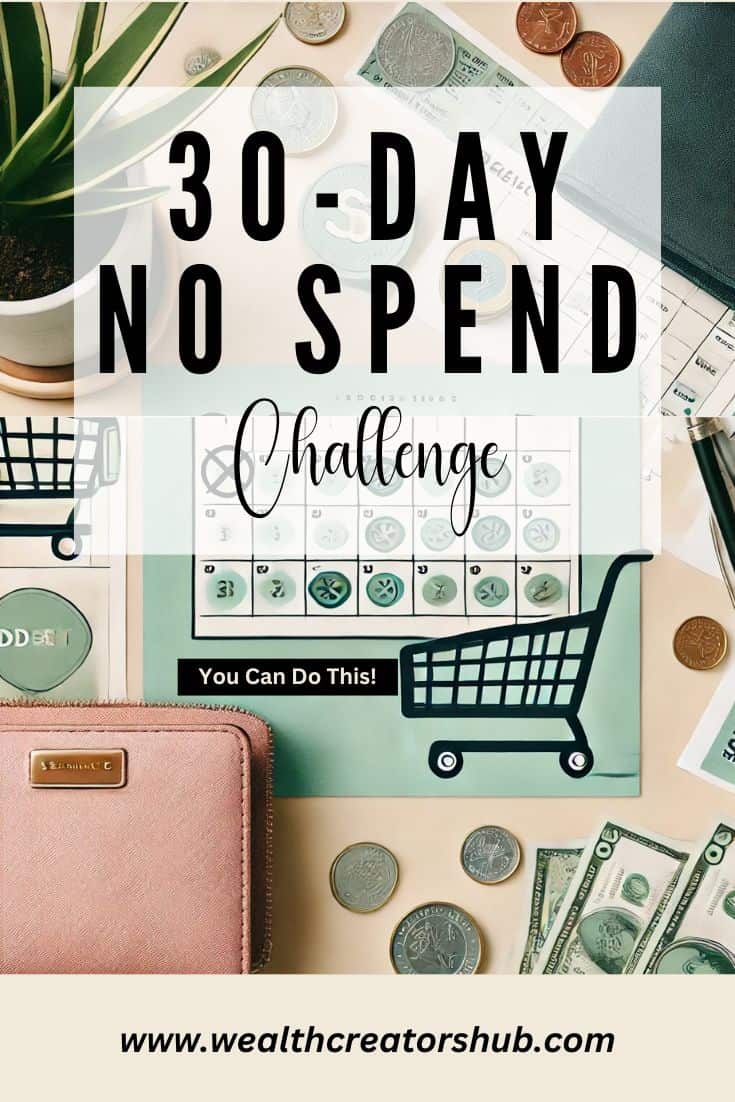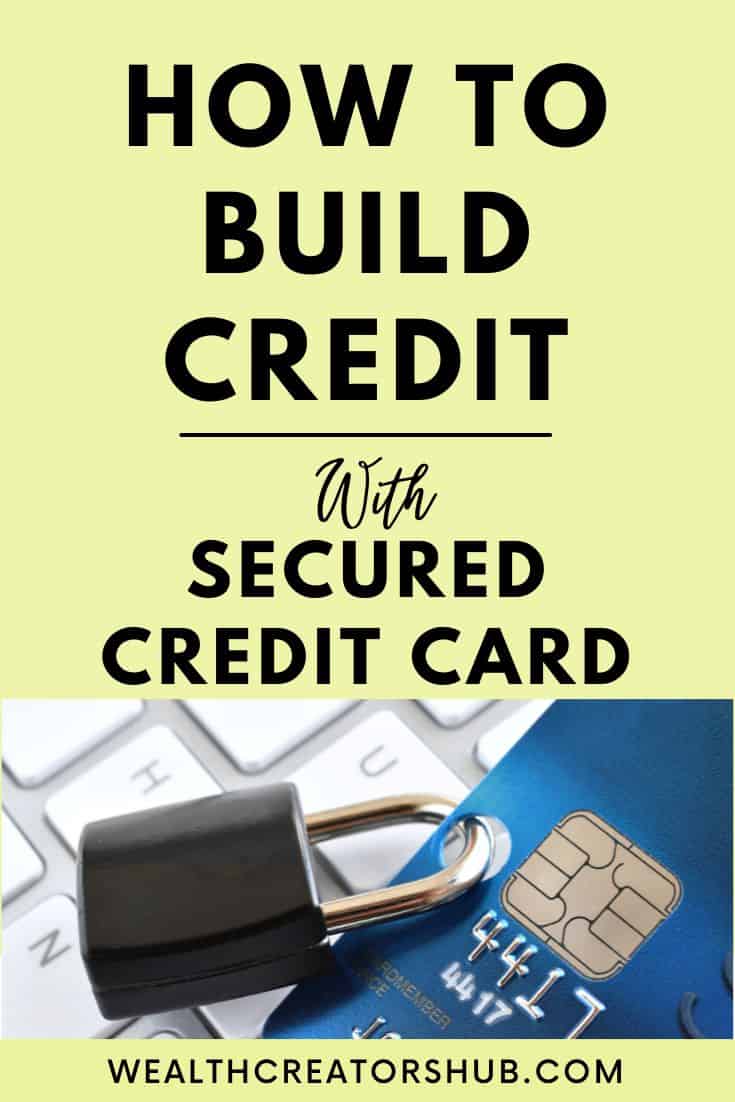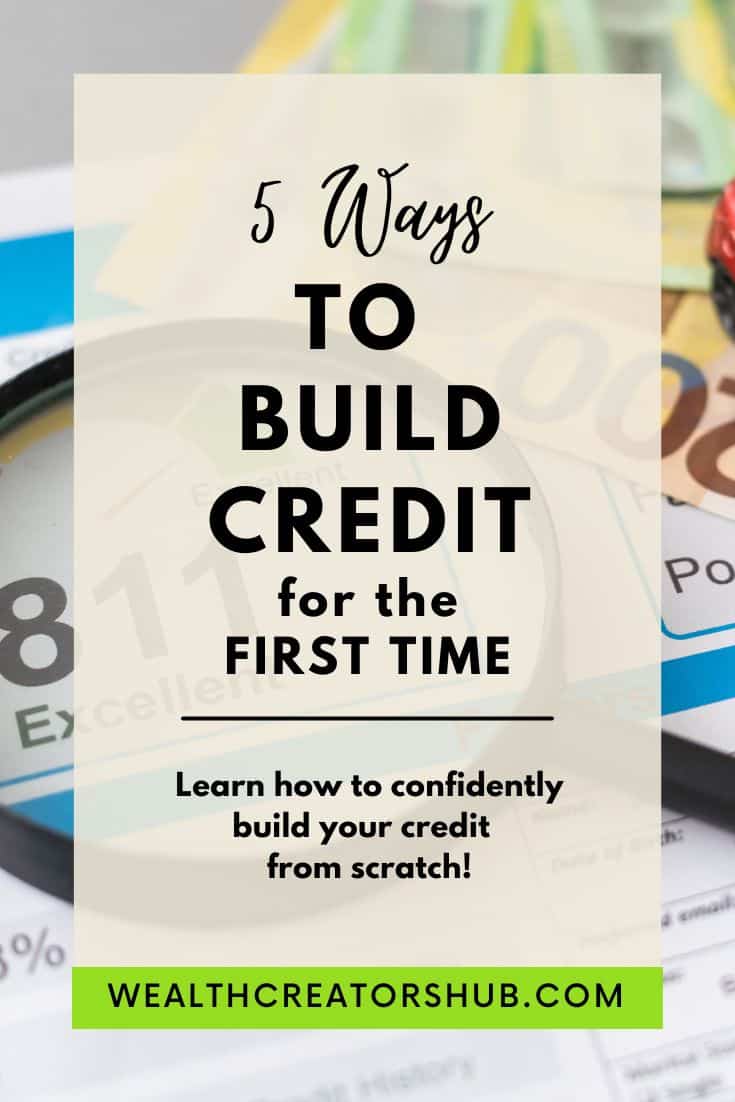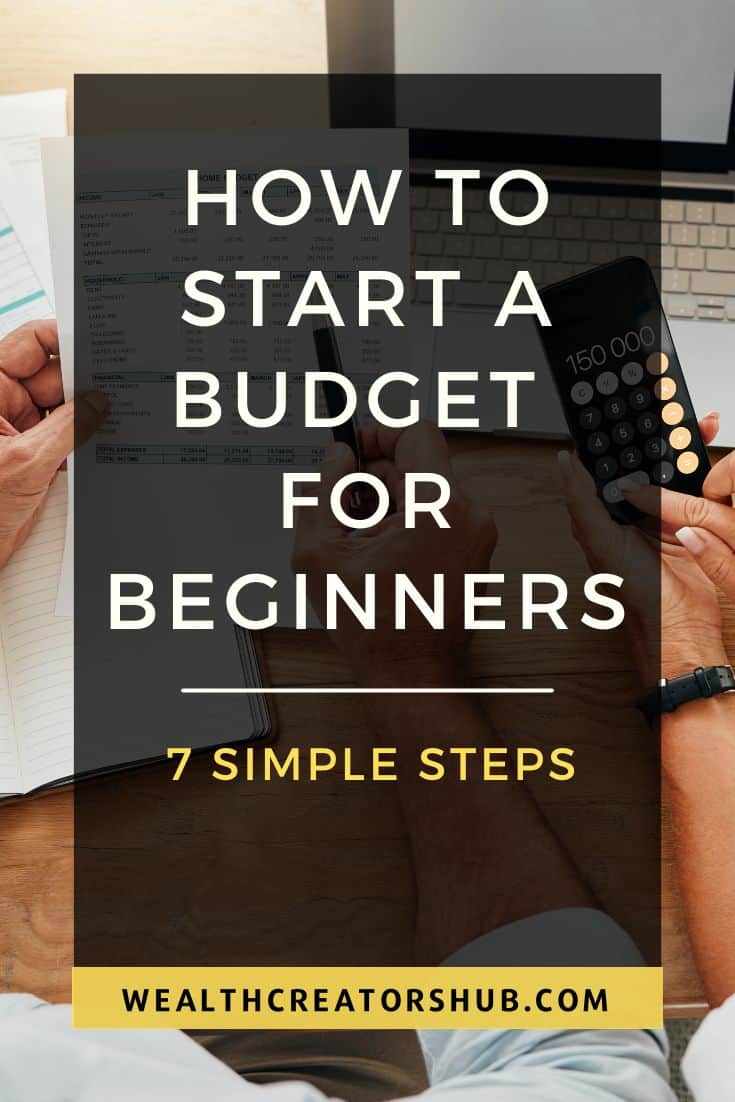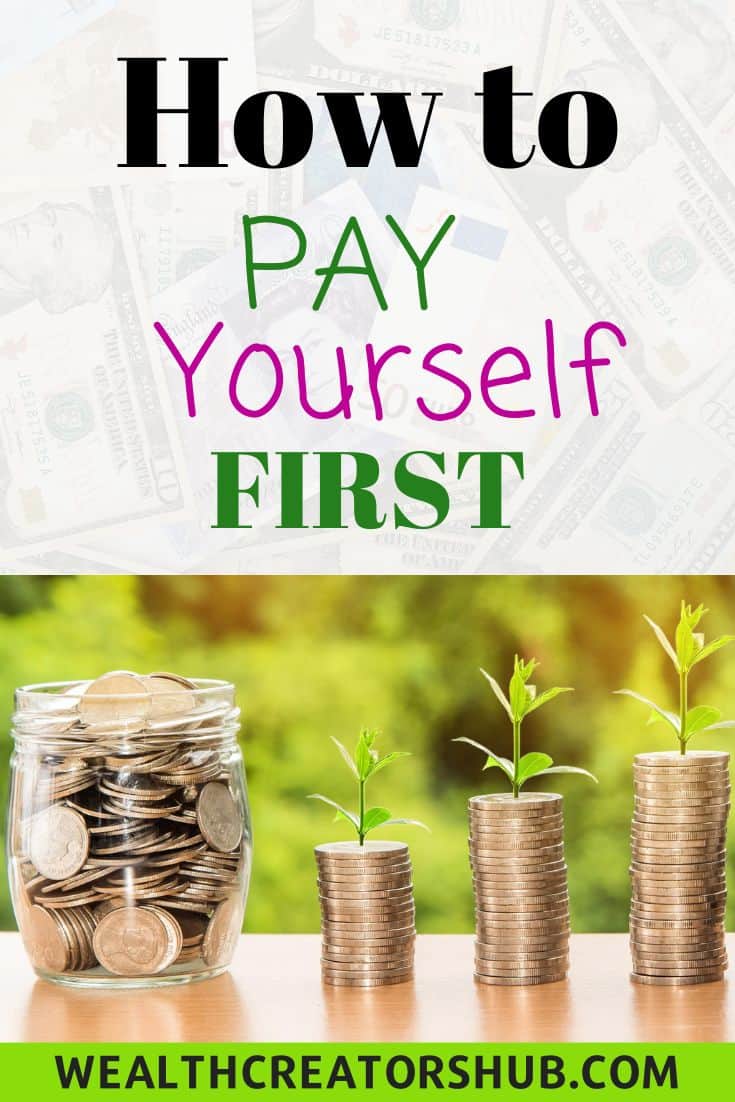Imagine if, for an entire month, you didn’t spend a single extra dollar beyond the absolute essentials. No morning coffee runs, no impulse Amazon purchases, and no dining out “just because.” Sounds challenging, right? Could you do it?
The No-Spend Challenge is a powerful way to reset your finances, become more mindful of your spending habits, and build discipline. You can even save a surprising amount of money in just 30 days. If you’ve ever felt like money just vanishes from your bank account, this challenge could be a game-changer for you.
In this post, I’ll break down exactly how to take on the No-Spend Challenge, provide practical strategies to make it through the 30 days, and discuss how you can use this experiment to transform your long-term financial health.
What is the No-Spend Challenge?

The No-Spend Challenge is a personal finance experiment where you commit to not spending any money on non-essential items for a set period—typically 30 days. Essentials like rent, utilities, groceries, medical expenses, and transportation costs are allowed, but everything else is off-limits.
This challenge helps you:
Identify spending triggers and bad habits.
Learn to differentiate between wants and needs.
Boost your savings quickly.
Cultivate a minimalist mindset.
The goal isn’t just to save money but to develop awareness about your spending habits and make more intentional financial decisions.
Why Take the No-Spend Challenge?
1. Break the Cycle of Impulse Spending
Many of us spend mindlessly, picking up items on a whim that we don’t truly need. This challenge forces you to pause and reflect before making any purchases.
2. Save More Money Than You Think
You’ll be amazed at how much you can save by eliminating unnecessary expenses. Even small, daily purchases add up over a month.
3. Develop Better Financial Habits
A no-spend month can reset your approach to money, making it easier to prioritize savings, investments, or debt repayment in the long run.
4. Reduce Financial Stress
By curbing unnecessary spending, you free up money for emergencies, future goals, or even just peace of mind.
How to Prepare for a No-Spend Challenge
1. Set Clear Rules
Decide what constitutes “necessary” spending versus “non-essential.” Essentials typically include:
- Rent/mortgage
- Utilities
- Groceries (no luxury items!)
- Gas or transportation
- Insurance and medical expenses
Everything else—eating out, entertainment, online shopping, and subscription services—is off-limits for 30 days.
2. Tell Friends & Family
Accountability helps! Letting others know about your challenge can prevent temptation and encourage support. You might even find a friend willing to join you!
3. Remove Temptations
Unsubscribe from marketing emails, delete shopping apps, and avoid browsing online stores during downtime.
4. Plan for Social Situations
Find free or low-cost activities to enjoy with friends and family. Hiking, game nights, and potlucks can replace costly outings.
Tips for Success During the Challenge
A month without unnecessary spending can be tough, but these strategies will help you stay on track:
1. Set a Strong “Why”
Your motivation matters! Are you saving for a vacation? Paying off debt? Building an emergency fund? Write down your reason and keep it visible to remind yourself why you’re doing this.
2. Create a Spending Plan
Plan ahead for necessary expenses like groceries and gas. Allocate a budget for essentials and stick to it.
3. Use a “Wish List” Instead of Buying
When you feel tempted to buy something, add it to a wish list and revisit it after the challenge. You may find you no longer want it!
4. Find Free Alternatives
- Instead of a gym membership, try home workouts or outdoor activities.
- Visit free museums or parks.
- Use free online courses instead of paid learning platforms.
- Have movie nights at home.
- Read e-books from the library instead of buying new books.
5. Use What You Have
Before heading to the store, check your pantry, freezer, and fridge. Challenge yourself to get creative with what you already own.
6. Cook at Home
Eating out is one of the biggest budget busters. Plan meals, prep ingredients, and try new recipes to stay motivated.
7. Track Your Progress
Use a journal or app to record your daily spending (or lack thereof) to stay accountable. Seeing your success will motivate you to keep going!
8. Redirect Your Savings
Take the money you would have spent and move it to a savings account or put it toward debt repayment. Seeing the impact will keep you motivated!
What to Do With the Money You Save
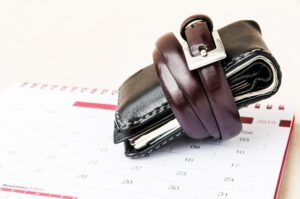
At the end of the 30 days, you’ll likely have saved a significant amount of money. Instead of spending it on unnecessary purchases, consider:
✅ Paying off credit card debt
✅ Building or boosting an emergency fund
✅ Investing for your future
✅ Making an extra mortgage payment
✅ Saving for a big goal like a vacation or home renovation
Overcoming Common Challenges
“What if an emergency comes up?”
Stick to essentials, but be flexible. If a real emergency arises (like a medical issue), handle it and continue the challenge as best you can.
“What if I slip up?”
Don’t beat yourself up! Reflect on what triggered the spending, learn from it, and keep going.
“What if I have a social event?”
Get creative! Suggest free activities like a potluck, game night, or outdoor picnic instead of expensive outings.
What to Expect After the Challenge
After 30 days, you’ll have a fresh perspective on your spending habits. You may:
- Feel less reliant on impulse purchases.
- Have a deeper appreciation for free and simple pleasures.
- Be more intentional with your money going forward.
Final Thoughts: Is the No-Spend Challenge Worth It?
Absolutely! The No-Spend Challenge isn’t about deprivation—it’s about empowerment. It’s a reset button for your finances, giving you the chance to break free from unnecessary spending and build a healthier financial future.
Even if you don’t complete the full 30 days perfectly, you’ll still gain valuable insights into your spending habits and likely save more money than usual. More importantly, you’ll develop a more mindful approach to money, which can lead to lasting financial freedom.
By implementing this challenge and these tips, you’ll be on your way to a stronger financial future—one intentional decision at a time!
So, are you up for the challenge? Let us know in the comments if you’re taking on the No-Spend Challenge, and share your best money-saving tips!


